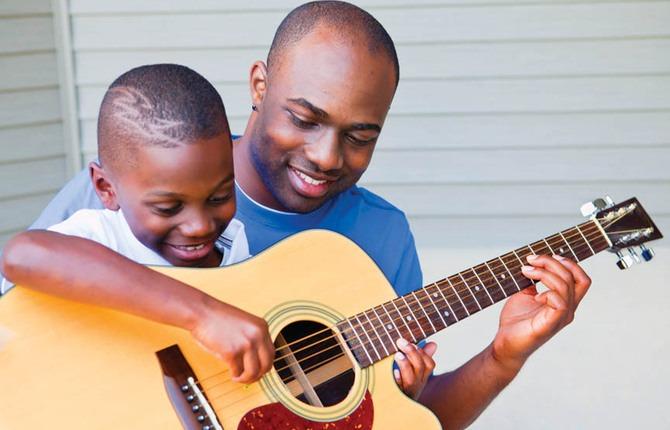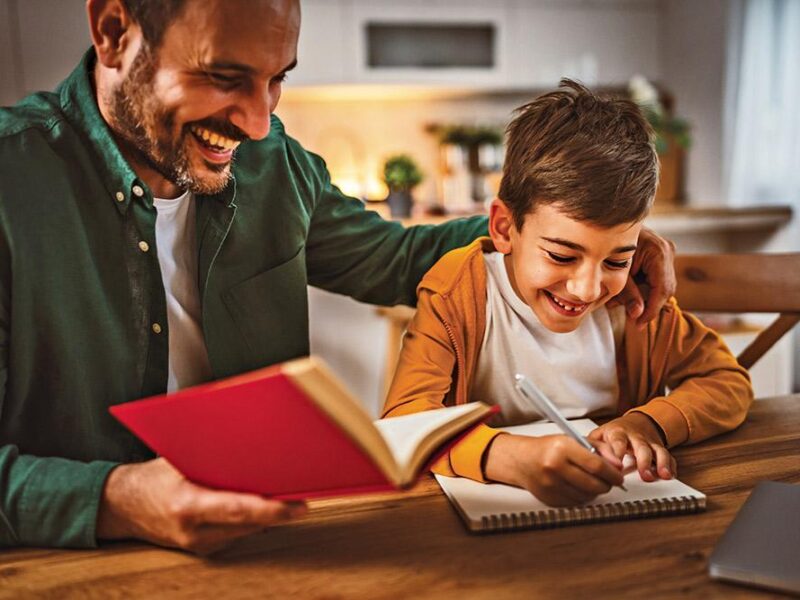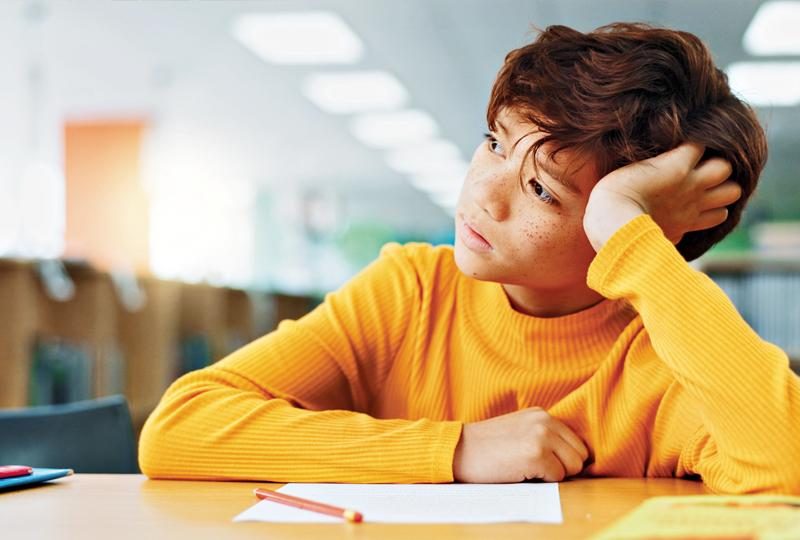
Five ways to promote literacy and learning through music
ByMichelle Eisen
Reading and writing are essential life skills. As adults, we use our skills in reading to acquire new information, whether we are reading instructions for putting together a shelving unit, or analyzing legal documents. Think about all of the times you use writing in a day. Perhaps your job requires you to write performance evaluations, proposals, memos or transcripts; or you may use writing to keep yourself organized on a daily basis with lists or schedules. Writing skills are no doubt essential.
Educators know how important an effective literacy program is, and promote literacy skills through integration with other subjects such as Science (e.g., science reports and opportunities to follow lab instructions) and Social Studies (e.g., writing a newspaper from the Medieval Times, or researching for a presentation on tools of the Aztecs). Although children are provided with numerous opportunities to develop their literacy skills at school, many students still struggle. There are some great ways in which parents and caregivers can help their children develop into competent readers and writers.
The Balanced Literacy Diet
In February 2012, the long-awaited Balanced Literacy Diet was released. After many years of hard work, Dr. Dale Willows from the Ontario Institute for Studies in Education (OISE) and her team released The Balanced Literacy Diet website—making hundreds of research-based, model lessons in literacy available for educators and parents around the world. The Balanced Literacy Diet is a framework for understanding and teaching literacy, based upon 15 essential literacy “food groups.”
The Balanced Literacy Diet website devotes a page to parents, providing insight as to how children learn to read and write. Along with links to sites aimed at supporting your child’s literacy learning such as Starfall and Reading Rockets, the Balanced Literacy Diet identifies the importance of reading with your child on a daily basis.
Literacy Through Music
A study by Cunningham and Allington (2011), shows that when we see or hear words in a new context, our brain creates new synapses (connections) to those words, making it so crucial that children are exposed to vocabulary and other literacy skills in different and meaningful ways. Music has been one of the most effective tools in bringing meaning to new material including skills in literacy—tapping into the Balanced Literacy Diet’s component, Motivation for Literacy.
Many parents without musical training feel overwhelmed using music as a tool for learning. Do not fear, there are a number of ways YOU can enhance your child’s learning experience through music.
Here are five easy ways parents and caregivers can implement music education to improve literacy and learning:
- Sing along with recordings of literacy-based songs with your child—Songs such as, Down by the Bay, and Willoughby Wallaby Woo by Raffi are fun and effective songs for teaching rhyming. The Jolly Phonics program also offers a CD with interactive songs to teach each sound in the alphabet.
- Take advantage of how your school’s music program lends itself to literacy instruction—Music programs running under the Orff Approach are great for enhancing literacy; using syllables, rhyming, music, movement, dance, drama and language are part of the foundation of this approach to teaching and learning music. The use of Orff instruments are included: These are pitched, and non-pitched percussion instruments, such as bongos (non-pitched), triangles (non-pitched), glockenspiels (pitched), xylophones (pitched), etc. If your school’s music program runs off of the Kodály approach, the use of syllables to represent various note values as well as call and response activities will enhance letter-sound correspondence and phonemic awareness. (Call and response activities involve the teacher, or a group of students speaking or singing a phrase, while the other students repeat a response, which could be the same phrase or a phrase differing in its words, sound, or in its entirety.) The Kodaly method of teachingmusic originated in Hungary with a focus on sight singing and playing instruments from memory. Children learn to read music through interval training, using what is referred to as the “movable do.” Ask your school’s music teacher for some extension activities (those which extend the child’s knowledge deeper, or to new contexts or applications) you can follow up with at home.
- Ask your school if they participate in Learning Through the Arts—The Royal Conservatory of Music (RCM) began the Learning Through the Arts (LTTA) initiative in 1994 to help students reach their full academic potential through the arts. The LTTA program has since delivered programs to hundreds of public and private schools in Canada, and to 12 schools internationally. A study conducted by Queen’s University (2002) showed that LTTA students performed better in both math and literacy skills than non-LTTA students.
- Encourage your child to take part in extra-curricular school music ensembles—Some private schools such as Appleby College, Branksome Hall, and Sterling Hall, place an emphasis on composition and performance, encouraging students’ creativity, thus fostering the students’ abilities to express themselves through literacy. Greenwood College allows students opportunities such as coffee houses to perform their own works, encouraging personal expression through music. The York School encourages composition through the Orff program, and even provides students in the Upper School a MIDI lab. If you are looking for a program for your toddler, consider the Smart Start Program from the RCM. This research-based program has pulled the most effective practices from every method of musical training, including the Orff Approach, Kodály, Suzuki, etc., to provide children with early learning opportunities; promoting vocabulary development and phonemic awareness.
- Use song books to teach concepts of print and vocabulary—Song books allow children to sing their favourite songs while using their finger to follow along in the book. This is an activity you can do with your child, using the hand over hand technique to follow along. Eventually your child will be able to follow along in the book on his/her own. As words are often repeated in songs, here, they are repeated in print, allowing children to familiarize themselves with new vocabulary. Two excellent books I have used with my students are Over the Rainbow and Puff the Magic Dragon, both beautifully illustrated by Eric Puybaret.
Allowing children to feel competent in their reading and writing skills results in confident and happy students in the classroom. The more ways in which children are able to practice reading and writing in everyday contexts, the more confident they will become in using these skills in their everyday lives. Provide your children with opportunities to have fun and be creative with language, and they will flourish.
Learn more about how music programs can help your child succeed and meet with top schools across the country this October at the Our Kids Private School Expos in Halton-Peel and Toronto: http://www.ourkids.net/expo/. Get 50% off admission valid for a family of 4 when you register here: http://www.ourkids.net/expo/register.php
Article courtesy ofOurKids.net,





